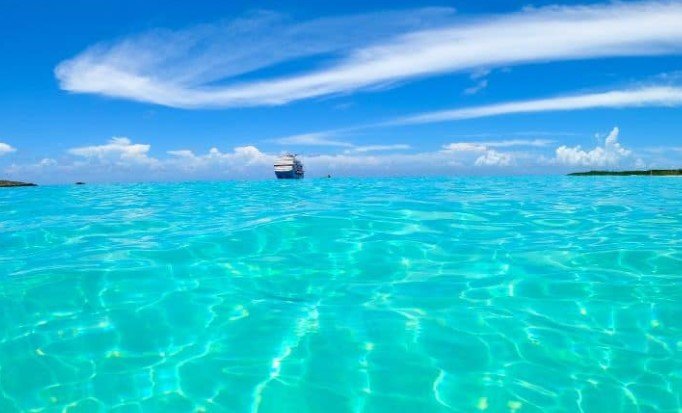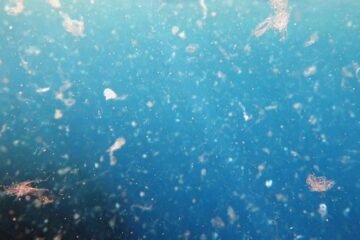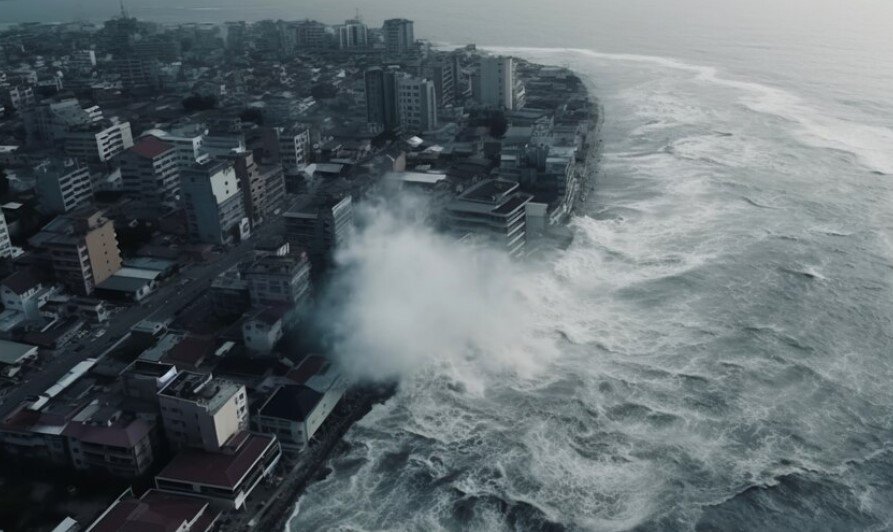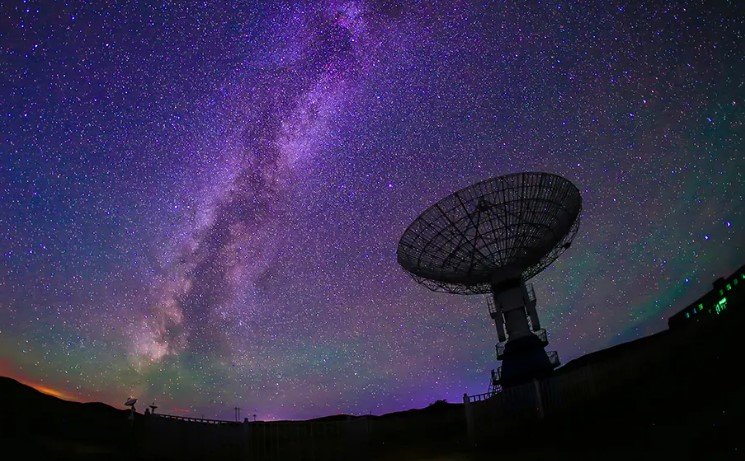Most travelers are captivated by the stunning blue waters of the Bahamas, but have you ever wondered what makes them so vividly colorful? The unique interplay of sunlight, water depth, geographical features, and ecological factors creates a mesmerizing spectrum of blues, from pale turquoise to deep sapphire. In this post, you’ll discover the scientific and natural elements that contribute to this breathtaking phenomenon, enhancing your understanding of one of the world’s most beautiful marine environments.
Key Takeaways:
- Sunlight Interaction: The water reflects shorter wavelengths, especially blue, due to the absorption of longer wavelengths like red.
- Phytoplankton Levels: Low concentrations of phytoplankton allow the blue hues to dominate, rather than green shades.
- Geographical Features: The clear waters of the Bahamas are maintained by the geographical layout, including the Bahama Banks and coral reefs, which minimize sediment and enhance clarity.
The Science of Water Color
The unique blue waters of the Bahamas can be explained through a fascinating interplay of scientific principles related to water color. Understanding how light interacts with water is crucial to grasping why the vibrant shades of blue dominate this picturesque region.
Light Absorption and Reflection
An imperative factor in the color of water is its ability to absorb and reflect light. Water absorbs longer wavelengths, particularly reds, while reflecting shorter wavelengths, especially blues. This reflection gives you the stunning blue hues characteristic of the Bahamian waters, allowing the sunlight to dance across the surface with vibrant brilliance.
Role of Wavelengths in Color Perception
An important concept to consider is how wavelengths affect your perception of color in water. Light consists of various wavelengths, which correspond to different colors. The water in the Bahamas reflects wavelengths in the blue spectrum, leading to the striking blue appearance you see when you gaze into its depths.

Biological Factors
Some of the biological factors that influence the brilliant blue hue of the Bahamas’ waters include nutrient levels and marine life abundance. These elements interact with physical characteristics of the ocean to enhance its stunning visual appeal. Key aspects include:
- Concentration of phytoplankton
- Presence of coral reefs
- Distribution of marine organisms
Perceiving these biological influences can deepen your appreciation for the natural beauty of the Bahamian waters.
Phytoplankton Concentration
Biological factors, such as phytoplankton concentration, play a crucial role in determining water color. In the Bahamas, low levels of phytoplankton allow blue shades to thrive as they reflect sunlight more effectively than the greens associated with higher phytoplankton densities. This unique composition contributes to the stunning hues that attract visitors worldwide.
Impact of Marine Life on Water Color
One important aspect of water coloration in the Bahamas is the impact of marine life. Coral reefs, which are rich in biodiversity, filter sunlight and contribute to the clarity of the water. This phenomenon allows the vibrant blues to dominate, creating a breathtaking underwater landscape.
Another interesting factor is the interplay between various marine organisms and their environments. For example, the presence of healthy coral reefs not only increases clarity but also enhances the aesthetic quality of the water. Fish and other marine creatures live amongst corals and can reflect or refract light, adding subtle shifts in color, which further enriches your experience while exploring the Bahamian waters.
Physical Characteristics
All of the elements that contribute to the vibrant blue waters of the Bahamas are intricately connected to physical characteristics such as depth and the composition of the seabed.
Depth and Clarity of Waters
On your journey through the Bahamas, you will notice that the shallow waters significantly enhance the brilliant blue hues. These shallower areas allow sunlight to penetrate and reflect, creating captivating colors. Conversely, deeper waters absorb more light, resulting in darker shades, demonstrating the imperative role depth plays in the region’s stunning vista.
Influence of Seabed Composition
Composition of the seabed also greatly impacts the color and clarity of the Bahamian waters. The sandy seabeds, composed of white limestone, reflect sunlight effectively, contributing to the vibrant blues you see. In contrast, other areas may have darker sediment or algae growth, which can dull the water’s appearance. Understanding these dynamics will help you appreciate the exceptional beauty of the Bahamas’ aquatic landscape.
Geographic and Environmental Factors
Not only is the captivating blue of the Bahamas a result of light and biological elements, but geographic and environmental factors also play a crucial role. The unique interplay of these factors creates the stunning waters you see today. Consider the following:
- Shallow expanses of water enhance reflections of sunlight, intensifying blue hues.
- Low levels of river sediment contribute to the clarity of the water.
- The presence of the Bahama Banks allows for diverse underwater geography.
- Coral reefs filter pollutants and sediment, promoting water clarity.
Assume that you’re exploring the Bahamas; you will notice how these elements combine to produce an extraordinary palette of blues.
Water Depth and Clarity
One of the most significant factors affecting the color of Bahamian waters is their depth and clarity. Shallow waters allow sunlight to penetrate easily, reflecting a dazzling array of blue shades. In contrast, deeper waters absorb more light, resulting in darker tones, which can create a beautiful gradient in color across different areas.
Sediment and Water Currents
Factors like sediment and water currents also impact the stunning blue hues you admire in the Bahamas. The absence of river runoff reduces sediment levels, which keeps the water crystal clear. Minimal turbidity allows light to penetrate further, enhancing the vibrant colors you see.
Water plays a vital role in determining the visibility and coloration of marine environments. In the Bahamas, reduced sedimentation and strong water currents effortlessly keep the waters pristine. This clarity allows you to clearly see the rich marine life while also contributing to the overall vibrant blue appearance.
Coral Reefs and Their Effects
Coral reefs are another key factor in the water color dynamic of the Bahamas. These thriving ecosystems help filter pollutants and maintain clear water, allowing the stunning shades of blue to dominate.
A healthy coral reef system not only supports marine biodiversity but also reinforces the beauty of the waters surrounding the Bahama Islands. By preventing the buildup of sediment, coral reefs ensure that the brilliant blue you experience is preserved, making your time spent there even more memorable.
Summing up
Following this exploration, you now understand that the striking blue waters of the Bahamas arise from a unique interplay of sunlight, phytoplankton levels, water depth, and geographical features. The interaction of light with the clear, shallow waters allows the vibrant shades of blue to emerge, while the absence of sediments and the presence of coral reefs further enhance this stunning color. As you appreciate these beautiful waters, remember that it is this combination of scientific and ecological factors that creates the enchanting blues you see on your visit.
FAQ
Q: What causes the striking blue color of the waters in the Bahamas?
A: The striking blue color of the waters in the Bahamas is primarily due to sunlight interaction with the water. Water absorbs longer wavelengths of light, specifically reds, and reflects shorter wavelengths, predominantly blues. This reflection creates the characteristic vibrant blue appearance that is so prominent in the region. Factors like water clarity, depth, and the presence of sediments also play significant roles in enhancing these blue hues.
Q: How does the presence of phytoplankton affect the color of Bahamian waters?
A: Phytoplankton are microscopic organisms that can influence the color of the water. In the Bahamas, the concentrations of phytoplankton are relatively low, which allows the blue wavelengths of light to dominate instead of green. When phytoplankton levels are high, they can impart greenish hues to the water, but in the clear waters of the Bahamas, their low presence helps maintain the stunning blue aesthetic.
Q: What geographical features contribute to the clarity and color of the Bahamas’ waters?
A: Several geographical features contribute to the clarity and vibrant colors of the Bahamian waters. The presence of the Bahama Banks, which are large shallow areas, facilitates the reflection of sunlight, enhancing the blue hues. Moreover, the absence of river sediment runoff helps to keep the waters clear. Coral reefs, abundant in the region, also contribute to both the clarity and the unique coloration of the waters by providing a stable environment that supports the overall health of the marine ecosystem.






